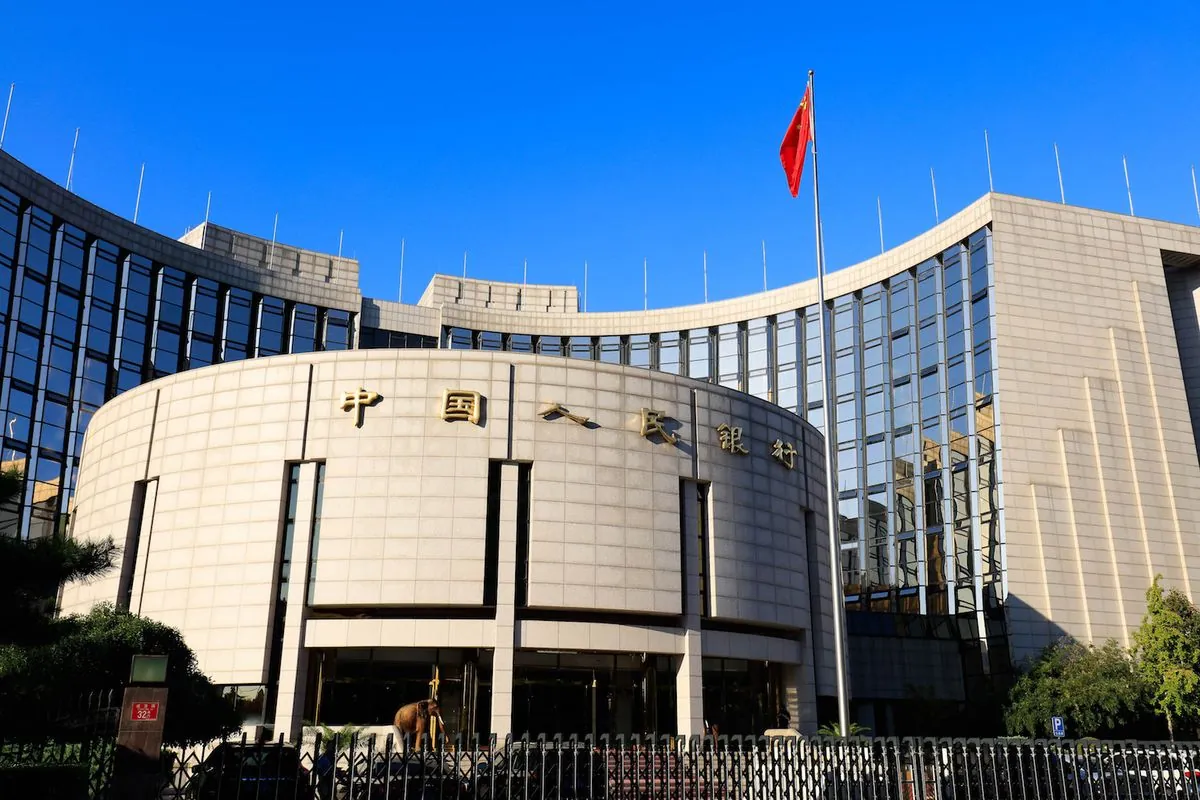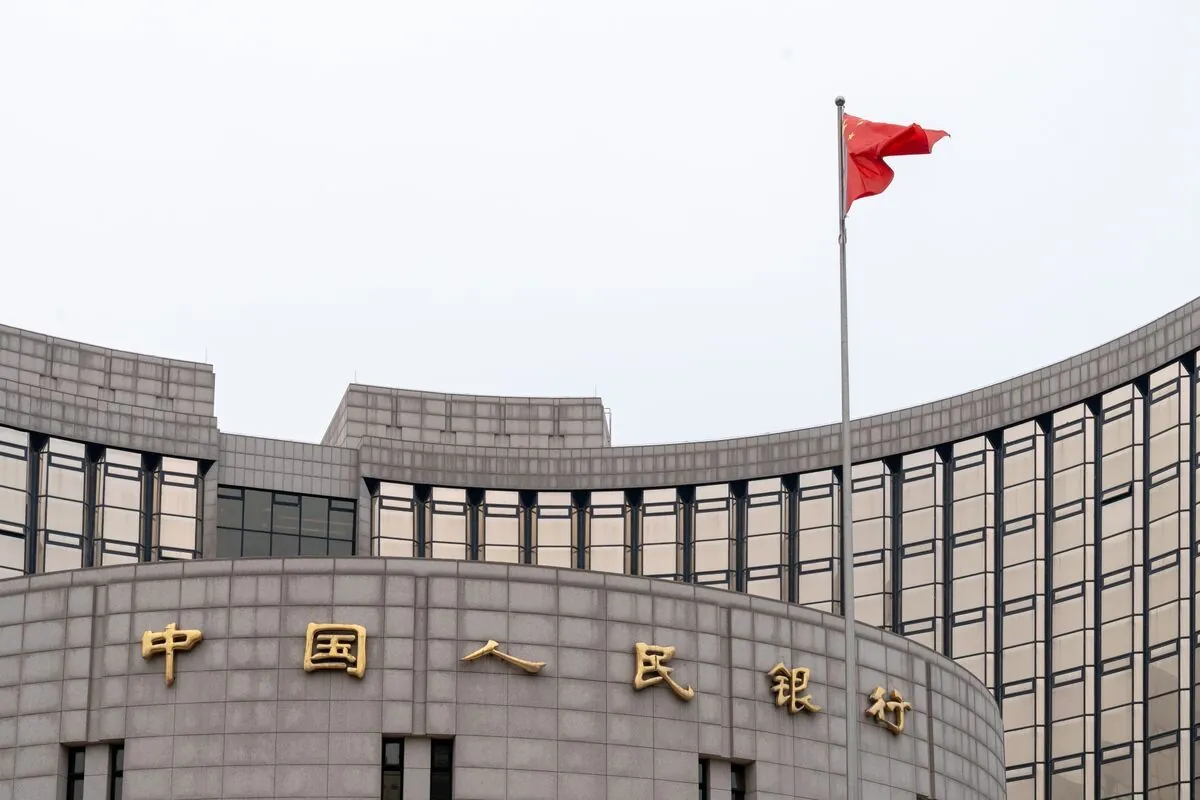PBOC Shifts Gears: Market-Driven Rates to Replace State-Directed Lending
China's central bank aims for market-driven interest rates, moving away from quantitative tools. Recent cuts and new structural policies signal a shift in monetary approach, impacting various sectors.

The People's Bank of China (PBOC) is steering towards a more market-oriented monetary policy approach, signaling a significant shift in China's financial landscape. This move aims to reduce reliance on state-directed bank lending and foster a more dynamic economic environment.

The PBOC, established in 1948, has been instrumental in shaping China's monetary policy for over seven decades. As the second-largest holder of foreign exchange reserves globally, the bank's decisions have far-reaching implications for both domestic and international markets.
Recent actions by the PBOC underscore this strategic shift:
Interest rate adjustments:
- Seven-day reverse repo rate cut to 1.7% on July 22, 2024
- One-year and five-year Loan Prime Rates (LPR) reduced by 10 basis points
Quantitative tool modifications:
- Reserve Requirement Ratio (RRR) decreased from 15% in 2018 to around 7%
- Expansion of structural policy tools for targeted sector support
The PBOC's move towards market-driven rates is evident in its use of the seven-day reverse repo rate as the main policy rate. This rate now guides interbank rates within an interest rate corridor, promoting more organic market fluctuations.
"We aim to improve the quality of the Loan Prime Rate to better reflect actual borrowing costs and create a more market-driven interest rate curve."
The central bank's efforts extend beyond traditional monetary tools. In May 2024, it launched a 300 billion yuan relending program to facilitate affordable housing initiatives, demonstrating its commitment to addressing specific economic challenges through targeted measures.
As of June 2024, outstanding structural monetary policy tools stood at 7.03 trillion yuan, including 2.82 trillion through the Pledged Supplementary Lending facility. These figures highlight the significant role these tools play in China's monetary policy framework.
The PBOC's evolving approach aligns with its broader mission of implementing monetary policy and regulating financial institutions in mainland China. As it navigates this transition, the bank continues to manage the state's foreign exchange and gold reserves while issuing the Renminbi, China's official currency.
Looking ahead, the PBOC's shift towards market-driven rates and innovative policy tools is likely to have profound implications for China's financial sector and the broader economy. This evolution reflects the bank's adaptability in the face of changing economic realities and its commitment to fostering a more robust and flexible financial system.


































